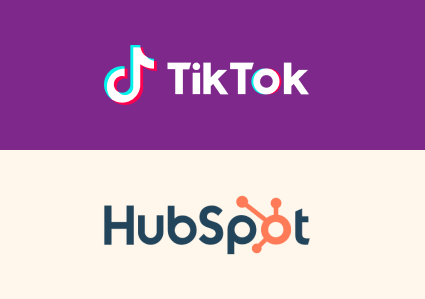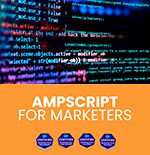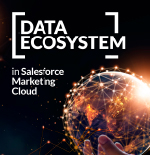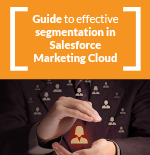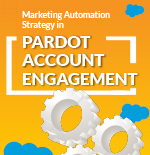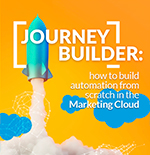Pardot is a Salesforce Inbound and Automation Marketing system especially aimed at the B2B environment. When SalesForce acquired this tool, it still had a long way to go and, mainly regarding the integration with the SalesForce ecosystem, in order to become a perfect tool for customer acquisition and conversion strategies.
In this article, we are going to talk about Pardot automation tools.
It should be noted that these tools are not limited to Pardot. There are actions that originate from SalesForce, such as a campaign created there and to which we assign leads or contacts.On the other hand, there are actions that are done on Pardot but that have consequences on the other side: tasks design, changes in the “stage” of a campaign, change of the cycle of a lead, contact or opportunity, etc.
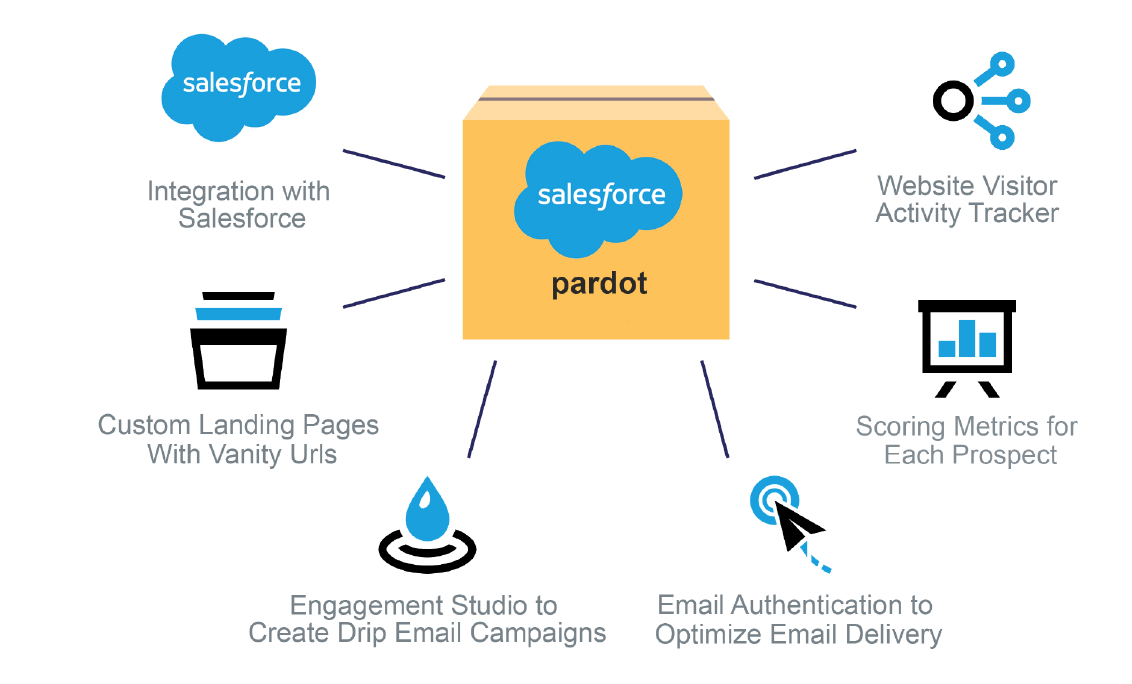
In this introductory article, we are going to discuss 3 objectives:
- What are the main tools that Pardot has for automating.
- Knowing how to decide which one you should use, or which one is the best (there are cases where several paths can take you to the same destination).
- In which cases to use these tools to reach your goals.
The main objective of a system that centralizes all Marketing activities is to achieve the synergies of joining (the eternal sought paradigm) Marketing and Sales activities. And not only unite at the management level, but also at the analysis level to be able to know the ROI of each marketing action you carry out. But, this does not end there, and all this can be done largely automated.
Pardot tools for automated actions
Automated? Yes, that’s right, Pardot allows you to perform automated actions that not only save you tons of jobs. Thanks to the possibilities it offers, it also makes you contribute much more value to your daily work at the business level. Next, we are going to explain the different automation tools that Pardot offers you. This platform is probably the automation tool that has the most versatility in this regard and therefore, some complexity to know which tools to use for each need.
- Automation Rules: these are rules that you generate with different criteria and allow you to perform a series of actions on the marketing or sales side.
- Segmentation Rules: also based on segmentation criteria, it also allows you to carry out marketing and sales actions, but only a specific action.
- Dynamic Lists: they are lists with segmentation criteria through which you keep an active list with users who meet those criteria, if it changes its status and meets it, it is included, and vice versa.
- Completion Actions: this tool is executed when you perform a specific activity, fill out a form, visit a page (in this case it would be Page Action), click on a redirect, etc.
- Engagement Studio: this tool is the jewel in the crown, in it you can already do much more complex automation actions, using decision trees and concatenating different actions in each case.
Now we are going to see all of them in a little more depth:
Automation Rules
It is an extremely flexible tool that allows actions to be triggered when a criterion has been met by a certain user. You can, for example, trigger an email with articles specialized in the health sector to users who, when filling in a form, have selected the health as the sector. You can assign them a score, insert them in a list, etc.
A common use is to use this tool based on certain criteria such as assigning users to different lists, adding them to campaigns, assigning them to certain users, changing field values, etc.
This tool is always running, this means that the moment a user meets the criteria, actions are triggered and thus it will continue to include users as soon as they meet said criteria. Like all automations, they must be planned correctly and tested, since any error can trigger unwanted effects in a massive way.
Segmentation Rules
Segmentation rules are used mainly for the creation of lists, through them you can add or remove:
- Lead Tags.
- Prospects from a list.
- Leads from a Salesforce Campaign.
It should be noted that this type of automation is executed once, that is, at the time of execution it will take all the prospects that meet that criterion and will execute the defined action. But, if tomorrow a prospect enters the criteria, that action will not be executed unless you give “Re-execute segmentation”.
Dynamic Lists
Many times you need lists that are constantly and instantly updated, prospects leave and enter these lists as they meet or no longer meet the defined criteria. There are many cases for these types of lists such as: newsletter recipients, users that you add to drip-campaigns, to ecommerce processes (abandonment of a basket), dynamic lists by products or services of interest, lists by degree of interest or score of the user and a long etc.
In this case, it must be taken into account that these lists are constantly updated, they are “live” lists.
Completion Actions
As the name suggests, these actions are executed when the user completes an action:
- Fill out a form
- Click on a link
- Click on a “custom redirect”
- A file is downloaded
- Visit a page
With this tool you will be able to assign users to lists, change the value of a field, the score, assign the user to an “owner”, define auto-reply emails (for example when sending a form) to the user, etc.
How to use the multiple automation tools in Pardot?
Sometimes you have to use several techniques or tools for an action, if you want, for example, when you visit a page that triggers a series of actions, the user is assigned to a list and then the one who enters that list receives an email of interest (Automation Rule).




